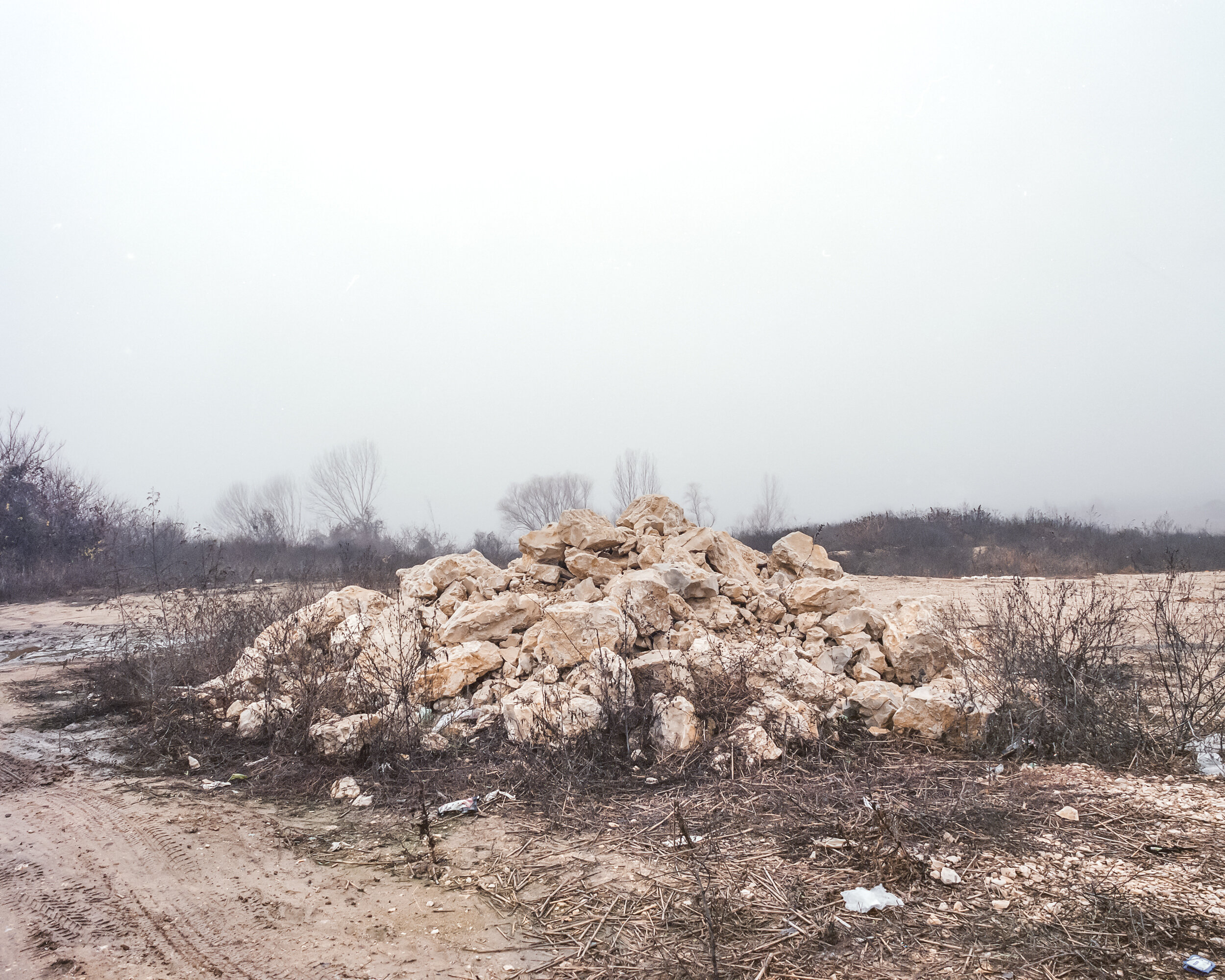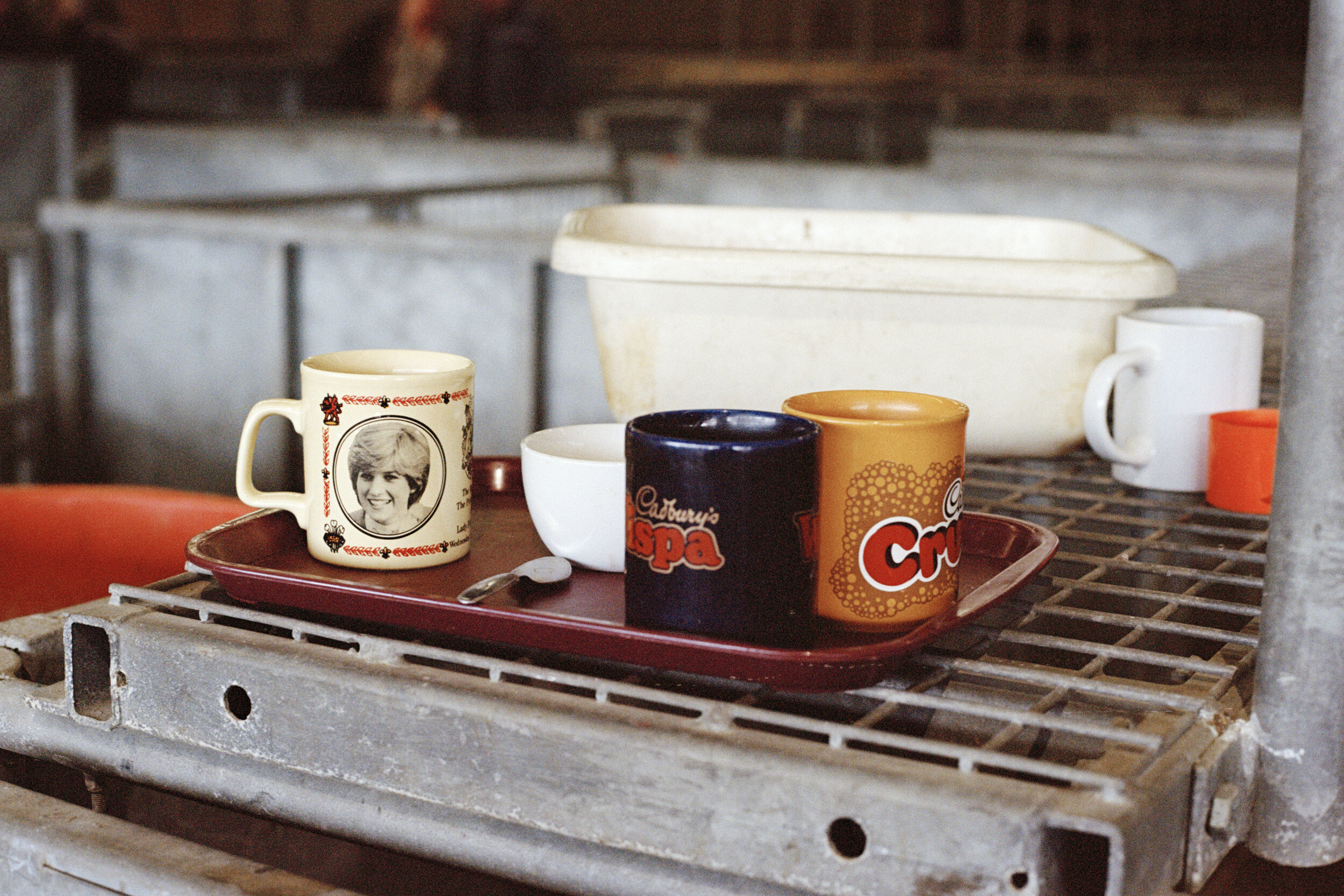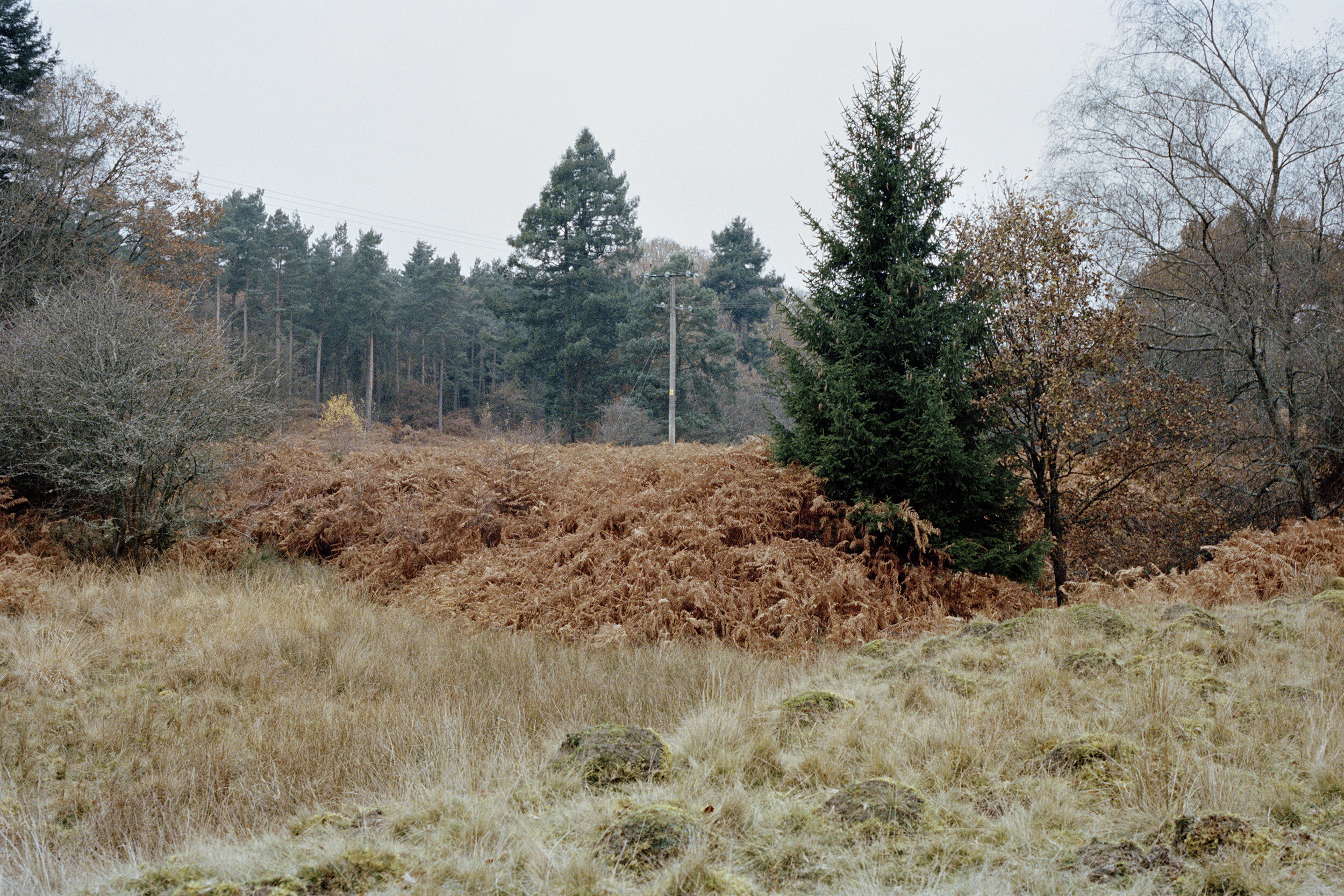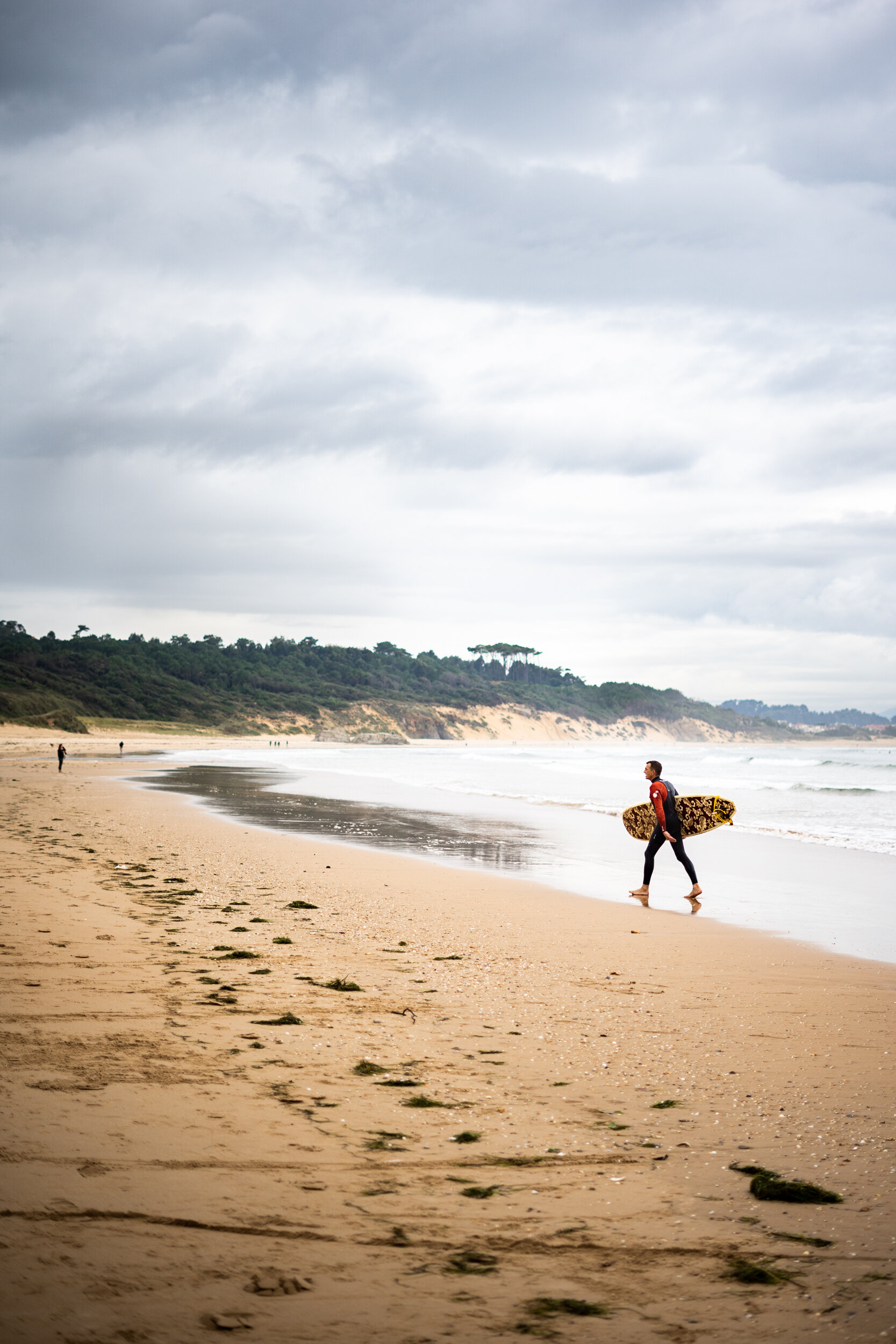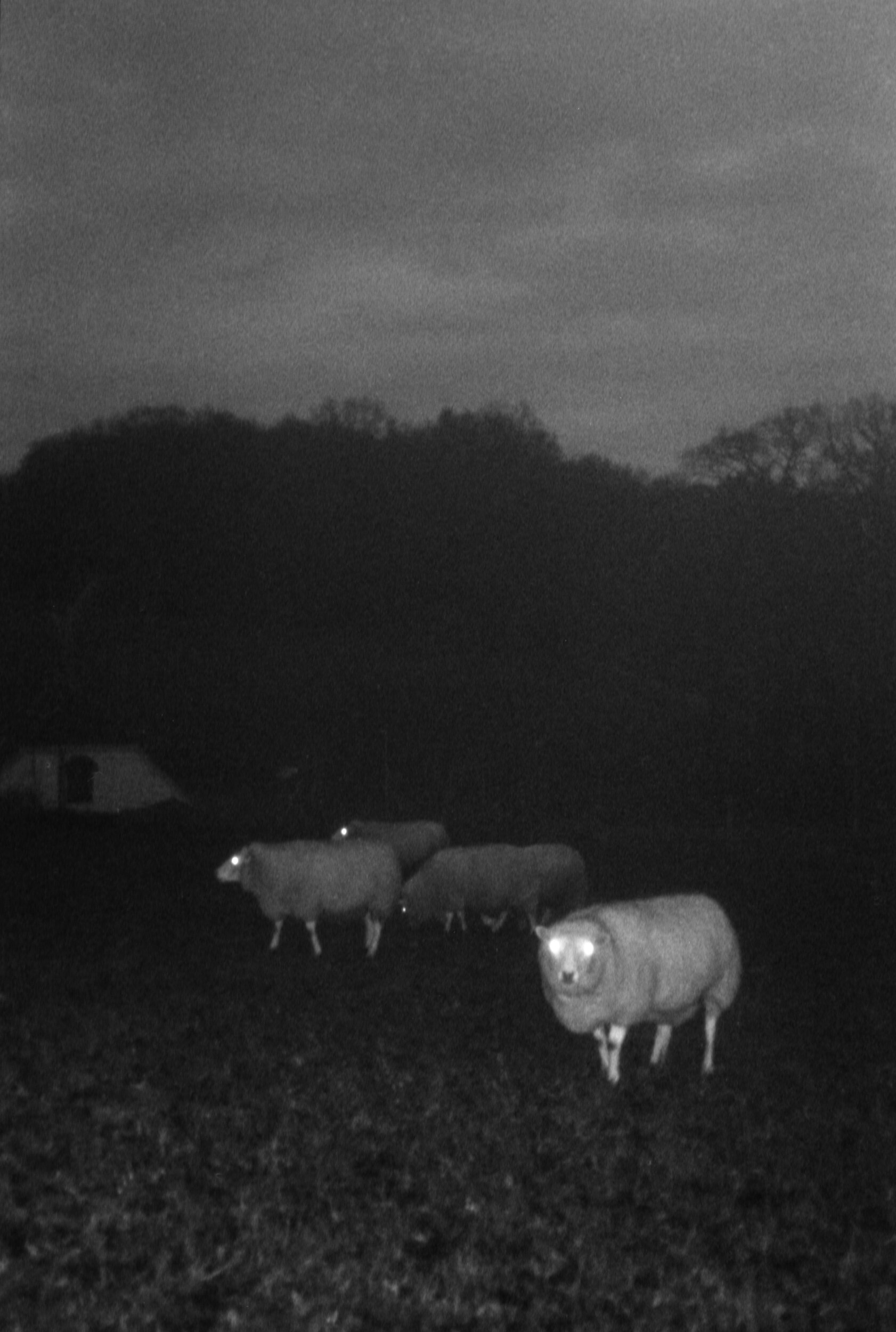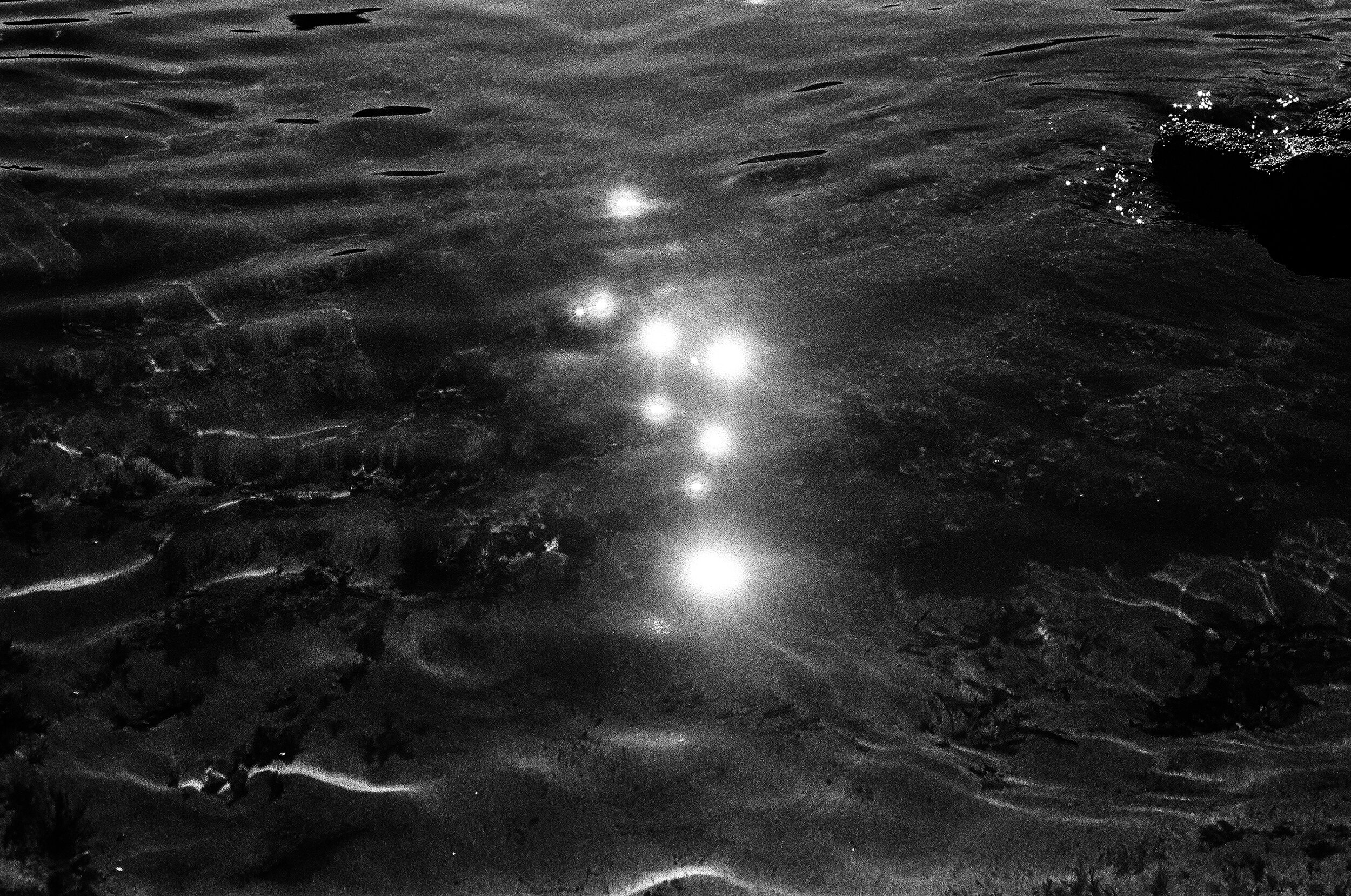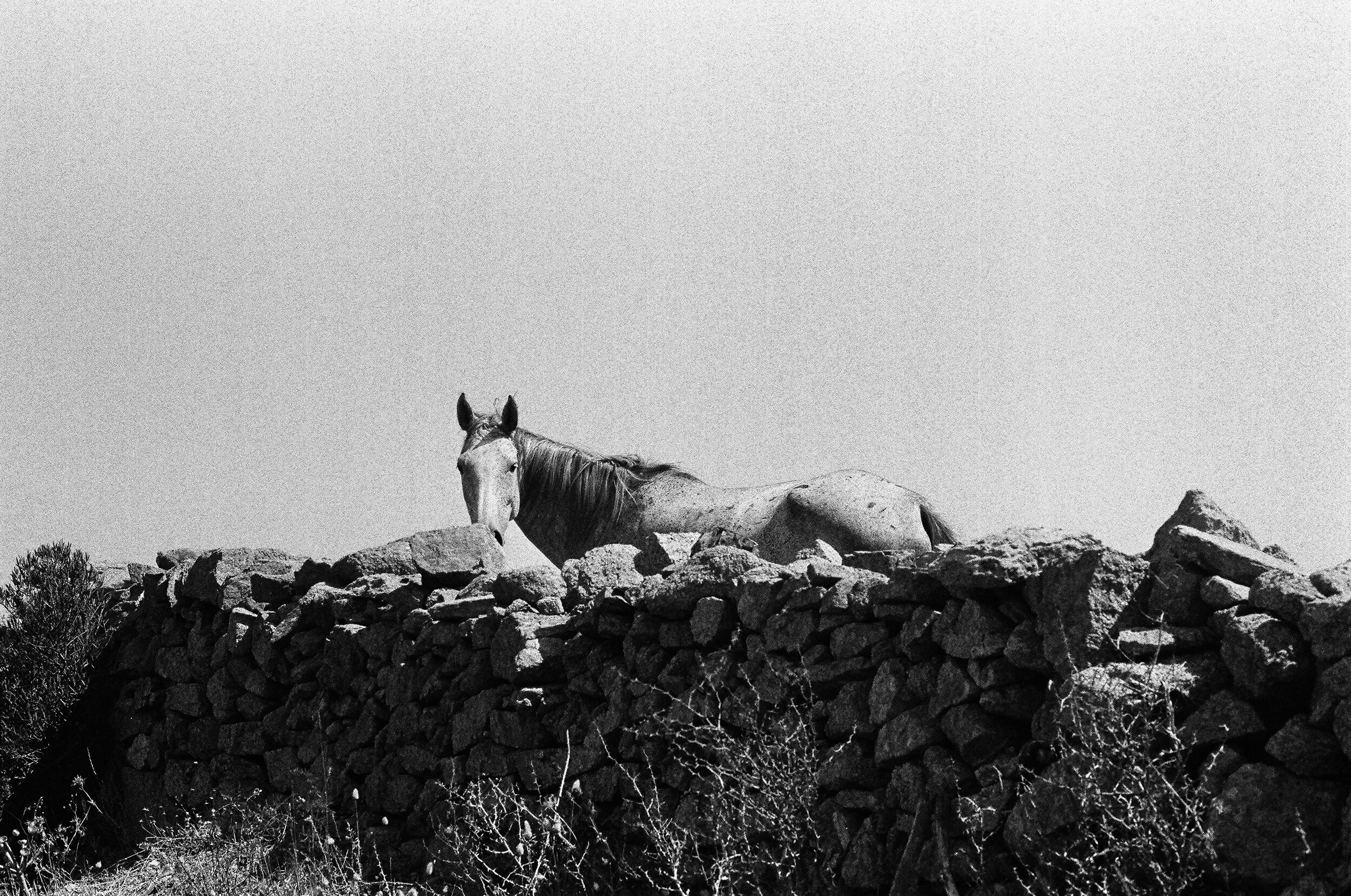The Rural
Ever since the Industrial Revolution the rural landscape has been challenged by suburban sprawl as people migrate to cities from the countryside in search of work and the perceived benefits of urban life.
Paradoxically, the call of nature remains strong among those accustomed to metropolitan living. The rural life is thought of as slower-paced, country people as more in tune with the planet. City-dwellers invade the countryside or seaside for holidays and second homes but retreat to their urban environment when they had their fill.
Those who remain in the countryside do so for diverse reasons, and not all from choice. It may be where your family has lived for generations, or a place from where your parents were forcibly uprooted. The countryside harbours tight-knit communities and traditions passed down thorough generations, but also isolation and poverty.
The landscape shows scars as well as splendour. Tranquillity and unbearable loneliness are two sides of the same coin. Does the encroachment of urban infrastructure bring destruction of the environment or jobs and investment? This collection of work, our biggest yet, responds to the wonderfully broad range of submissions representing rural landscapes and communities around Britain and beyond.
PHOTO MEET & NORTHERN NARRATIVES have selected 16 photographers who explore different aspect of rural areas. We asked them to tell us about their respective projects and experiences
Thanks to the contributing photographers (in alphabetical order): Alex Currie, Alex Ingram, Dan Moga, Jennifer Forward-Hayter, Joseph Horton, Mandy Williams, Marc Wilson, Mat Hay, Michaela Nagyidaiova, Miyuki Okuyama, Nicola Morley, Phillipa Klaiber, Thomas James Parrish, Tom Illsley, Umberto Verdoliva and Yassen Grigorov.



























